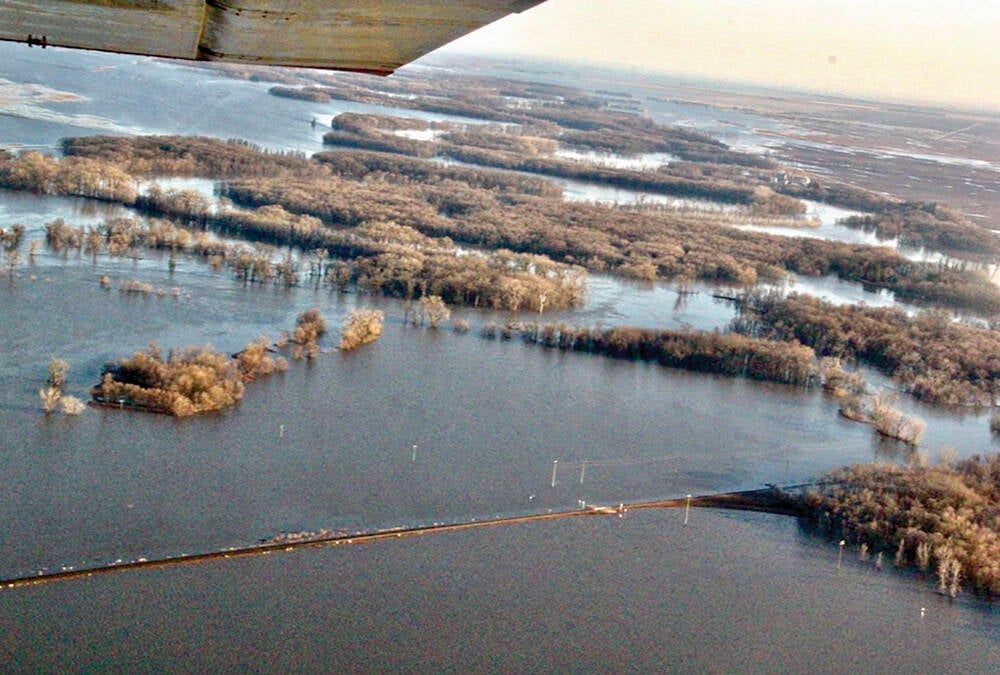An outbreak of equine herpes virus at a Saskatoon-area stable is still fresh in the memories of veterinary experts at the Western College of Veterinary Medicine.Katharina Lohmann, a large animal vet at the college, said the EHV-1 outbreak caused a lot of stress and uncertainty among Saskatoon-area horse owners.However, she said it was also a valuable learning experience for owners and veterinarians at the college.“I don’t want to say the outbreak was a good experience, but I do think that it was very valuable in the sense that it raised the level of awareness about the disease and about biosecurity issues in general,” Lohmann told a recent conference in Saskatoon.“You don’t really understand all of the issues involved in an outbreak until you’re forced to deal with them.”Saskatoon’s EHV-1 outbreak occurred in March 2008 after two horses were transported from a horse farm to a nearby boarding stable.No animals at the stable showed signs of the disease when the horses arrived, but several began to show symptoms within weeks, including fever, swollen limbs and weight loss.At least 15 horses exhibited neurological dysfunction and a lack of co-ordination, particularly in the hind legs.Two animals died during the outbreak and more than two dozen showed symptoms.Animal movement was quarantined in and out of the stable and the veterinary college was locked down, but only after two infected horses had been admitted.Facilities at the college were sanitized to guard against further transmission.EHV-1 causes respiratory illness, neurological problems and abortion in horses. It is estimated that at least 85 percent of the horses in the world have been exposed to the virus.Most exposed animals show no signs of the disease but act as latent carriers.The virus can be spread by direct horse-to-horse contact, through human handlers or through shared feed buckets, troughs, tack, stalls and communal grooming equipment.Veterinary experts are still not certain what causes the virus to emerge from its latent form, but it is suspected that stress and travel are contributing factors.Lohmann said the outbreak illustrated the importance of rapid diagnosis and the implementation of a biosecurity action plan aimed at containing a disease outbreak.She said the college has isolation facilities to keep potentially infectious animals separate from other animals at the facility, but additional steps are being taken to identify problem animals, restrict admission and provide treatment at the farm.“There are always improvement that can be made, but I think we were well prepared,” Lohmann said.“We’re more stringent now on trying to assess the level of risk and that includes more telephone conversations before animals arrive and evaluating the animals in the trailer, outside the hospital, before we admit them.”She said it is often difficult for veterinarians to make admission decisions on short notice because infectious diseases such as EHV-1 can be difficult to diagnose.In addition, all veterinarians want to treat a sick animal as quickly and effectively as possible.“That’s one of the million dollar questions for teaching hospitals: do you turn away a case that requires treatment if you perceive it to be a risk to other animals? As veterinarians, we’re often caught between different pressures there. You want to protect the hospital but we’re supposed to help all animals.”Lohmann said horse owners face similar pressures when they find their own animals in a quarantine situation.In many cases, an owner’s immediate reaction is to get their horse out of the quarantined area and take it to a different facility.However, that response works against efforts to establish a biosecurity perimeter and contain the disease.“The fact of the matter is that by the time an outbreak has occurred, any animals within that facility have probably already been exposed, so to move that animal is probably going to do more harm than good.”Lohmann said all livestock owners should have a biosecurity plan.If a potentially infectious disease is suspected, farm or facility managers should establish primary and secondary containment perimeters.All animal movement in and out of the primary containment area should be stopped, and human movement should be restricted.For more information on establishing a biosecurity plan, visit www.aaep.org.
Read Also

Rural Manitoba resources slim on natural disaster planning
A study from Brandon University’s Rural Development Institute has found that many rural and small municipalities don’t have the staff or resources to make formal climate plans against natural disaster.















